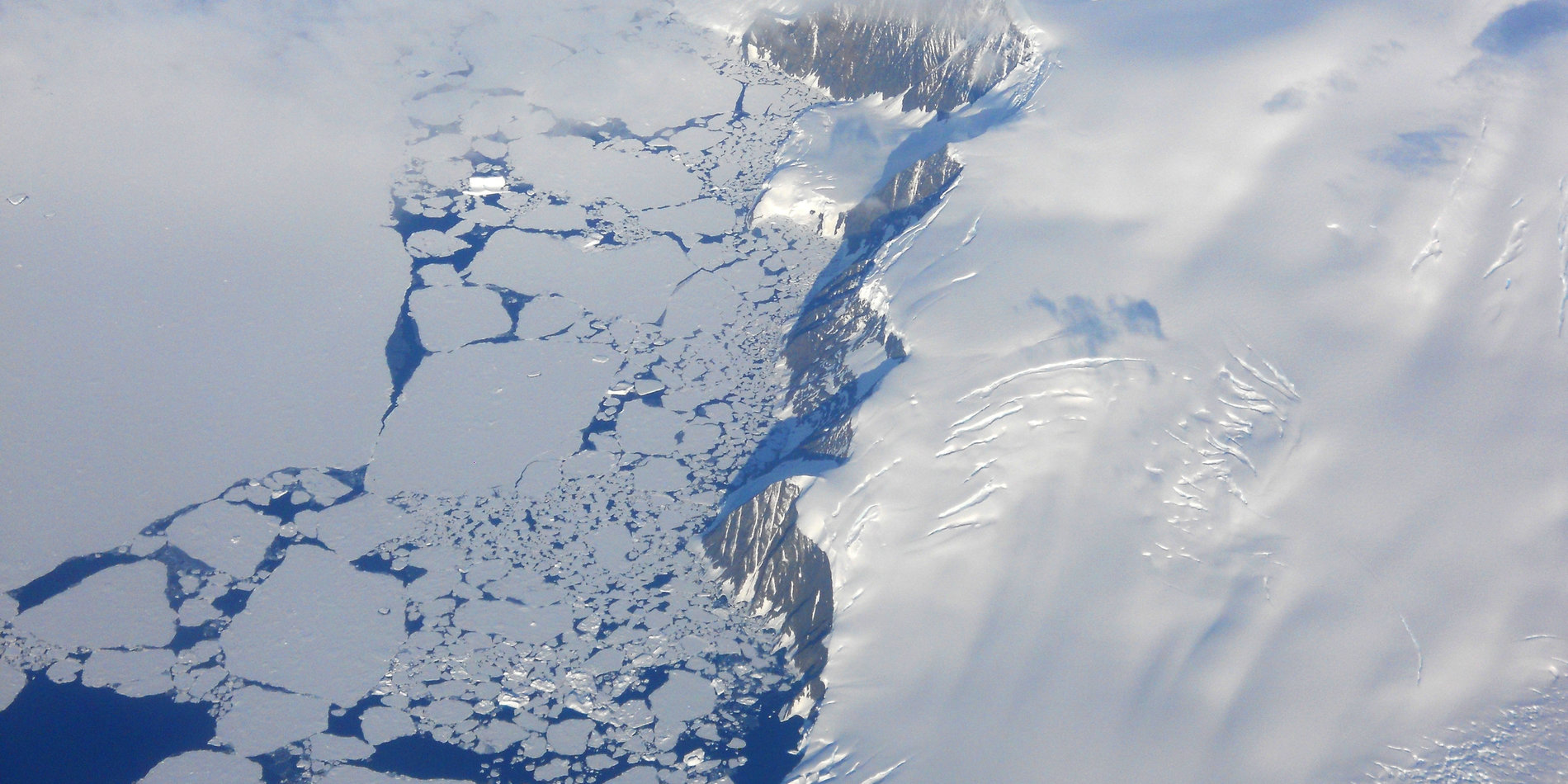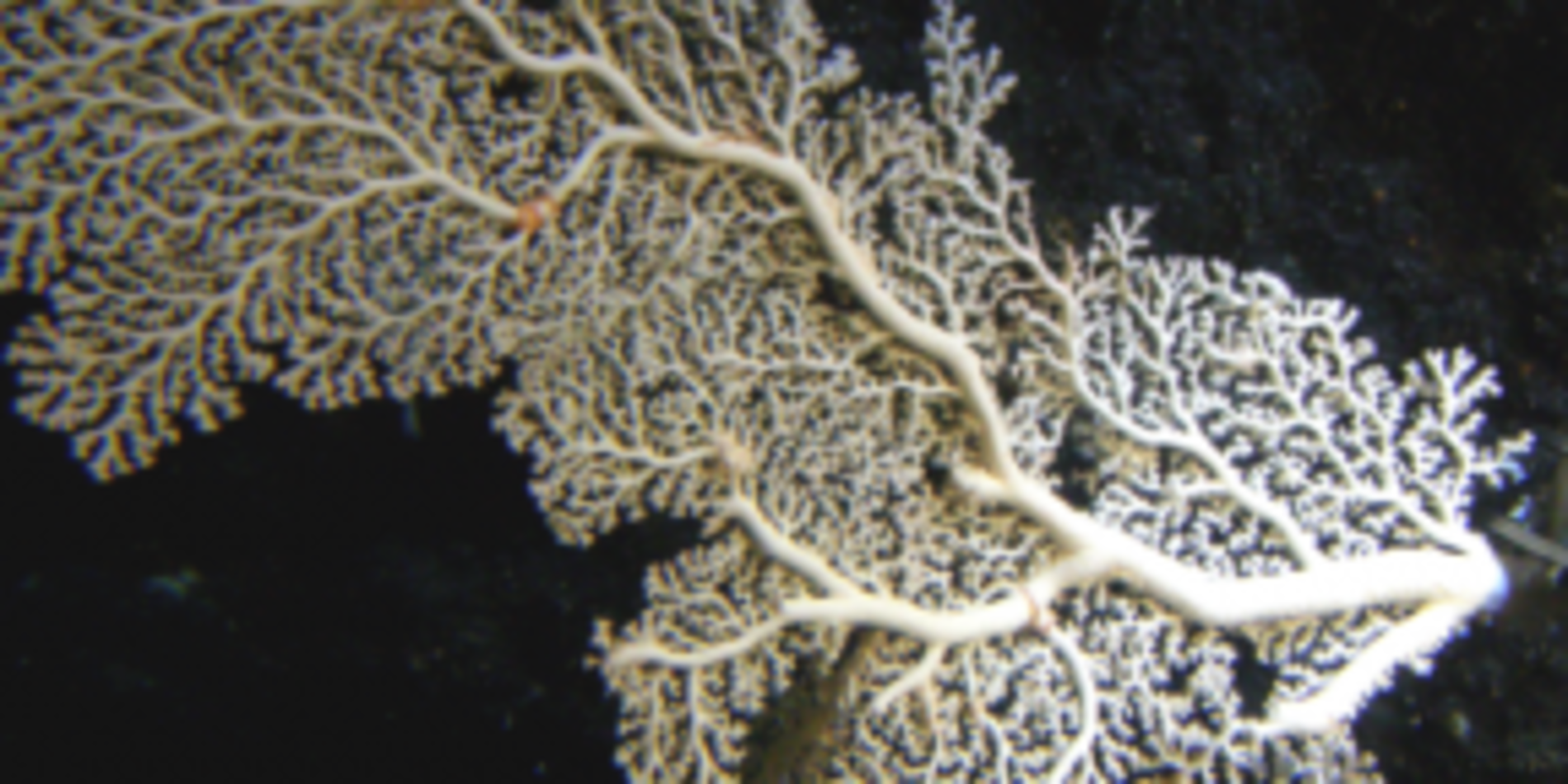Research

Carbon Cycling in Modern Systems
We seek to understand the dynamics of carbon budgets on different marine ecosystems (e.g. kelp forests, coral reefs, sea grass beds) and how they become more or less vulnerable to ocean acidification.

R/V Neecho Rearch Vessel - Our Floating Lab
The R/V Neecho is ~ 12 meter vessel and is well equipped for coastal marine or lake science operations. The vessel has twin diesels, two generators, a 48 SCFM compressor, A-frame, and hydraulic winches. The vessel can carry and sleep up to 6 passengers. The vessel has a maximum velocity of ~12 knots at sea level and can cruise at 9 to 10 knots. The vessel weighs ~14 tons and can be transported and launched from its 6 ton trailer.
ABOUT US
Our mission is to provide a laboratory that will continue to excel in the areas of global environmental change, with a focus on the hydrological cycle, air-sea interactions, tropical ecosystems, and polar biogeochemistry. After 10 years at Stanford, the SIL has teamed up with the Biogeochemical Isotope Laboratory to form the Stable Isotope Biogeochemical Laboratory (SIBL) – Environmental Measurements II in an effort to provide more instrumentation and expertise to the SU community. .By working in parallel with SIBL, the SIL will continue to provide high precision analyses and methodology using state-of-the-art instrumentation with experienced personnel allowing SU users to not only meet scientific objectives and commitments but also to develop new approaches that assist them in being more competitive in the research arena. As an educational facility, the SIL provides an environment for SU students to accomplish their research and academic objectives while also providing them with the valuable training necessary to compete in a competitive job and academic market. We have provided part-time employment opportunities for numerous undergraduate students to assist with various laboratory tasks. We have also opened the lab to allow local high school students, interested in pursuing science after graduation, to volunteer their time and work with post-docs and graduate students. The lab manager, post-docs, and graduate students work together with the high school students to provide a positive educational experience.


